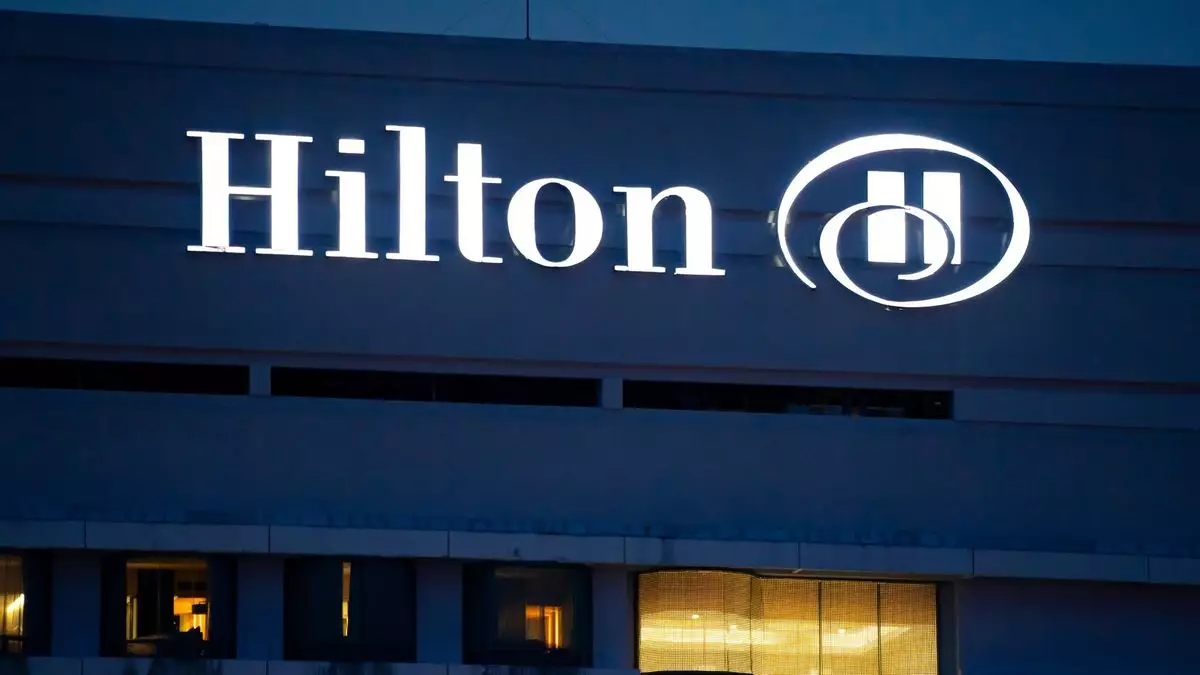Hilton Worldwide’s latest earnings report reveals a complex picture for the hotel chain, as its revenue per available room (RevPAR) showed a modest gain of 1.4% year-over-year during the third quarter. Nonetheless, this growth fell short of internal expectations. CEO Christopher Nassetta cited several factors affecting performance, including a slower ramp-up in business activity following the Labor Day holiday, extreme weather events, undesirable calendar shifts, and ongoing strikes from hospitality unions. Notably, hospitality union Unite Here has been spearheading rolling strikes across key U.S. cities, which could potentially dampen service quality and guest experiences in Hilton properties.
The ramifications of labor strikes cannot be underestimated, as they add uncertainty to the already fragile recovery of the hospitality sector post-pandemic. Ongoing disputes have affected several hotels, including those within the Hilton brand, as active walkouts were noted in prominent locations such as Boston, Honolulu, and San Francisco as of mid-October. While these strikes present clear operational challenges, they also highlight the evolving dynamics between staffing and customer satisfaction in a time when the industry is attempting to balance a return to pre-pandemic levels of service.
Despite labor disruptions and a slowdown in leisure travel, Hilton reported positive trends in the business travel segment—RevPAR from this sector surged by 2% across large corporate accounts as well as small and midsized businesses. Nassetta remarked that business transient travel is likely to continue its upward trajectory and even surpass pre-pandemic peaks by next year. This development hints at an institutional recovery that could cushion Hilton against broader economic uncertainties.
Furthermore, group bookings have emerged as a particularly bright spot in Hilton’s performance, with a striking RevPAR increase of over 5%. Both corporate meetings and social events are gaining traction, contributing to longer booking windows, a point emphasized by Nassetta. This trend signals strong demand for venue space, essential for financial recovery for hotel operations that thrive on gatherings and events.
On a regional basis, the performance results were distinctly varied. The U.S. RevPAR saw a slight uptick of 1%, supported by the momentum from group business. Conversely, markets outside the U.S. exhibited stronger growth patterns. The Americas region (excluding the U.S.) recorded a compelling 4% increase, particularly fueled by urban markets in Mexico. Europe also witnessed a notable 7% surge in RevPAR, largely attributed to significant events such as the upcoming Olympics in France. Meanwhile, the Asia Pacific region lagged behind, experiencing a 3% decline in RevPAR, with China alone facing a steep drop of 9%.
Hilton’s third-quarter results showcased a blend of optimism and challenges. While the company secured a net income of $344 million—a decrease from $379 million year-over-year—it did report a commendable revenue increase to $2.87 billion. As the hotel chain navigates labor disputes and fluctuating travel patterns, it remains crucial for Hilton to adapt its strategy proactively. The potential stabilization of business and group travel, coupled with prudent handling of labor relations, could enable the company to achieve a stronger financial performance moving forward.

